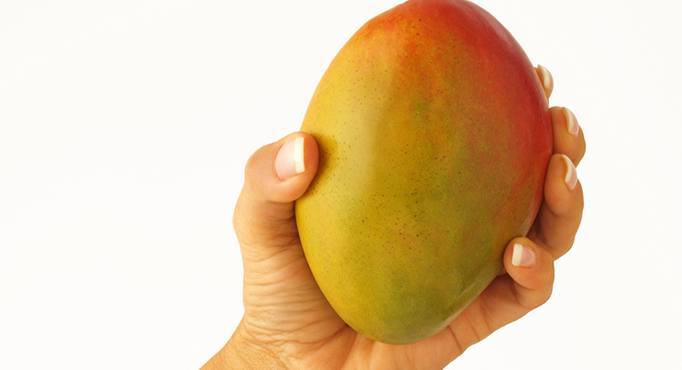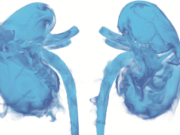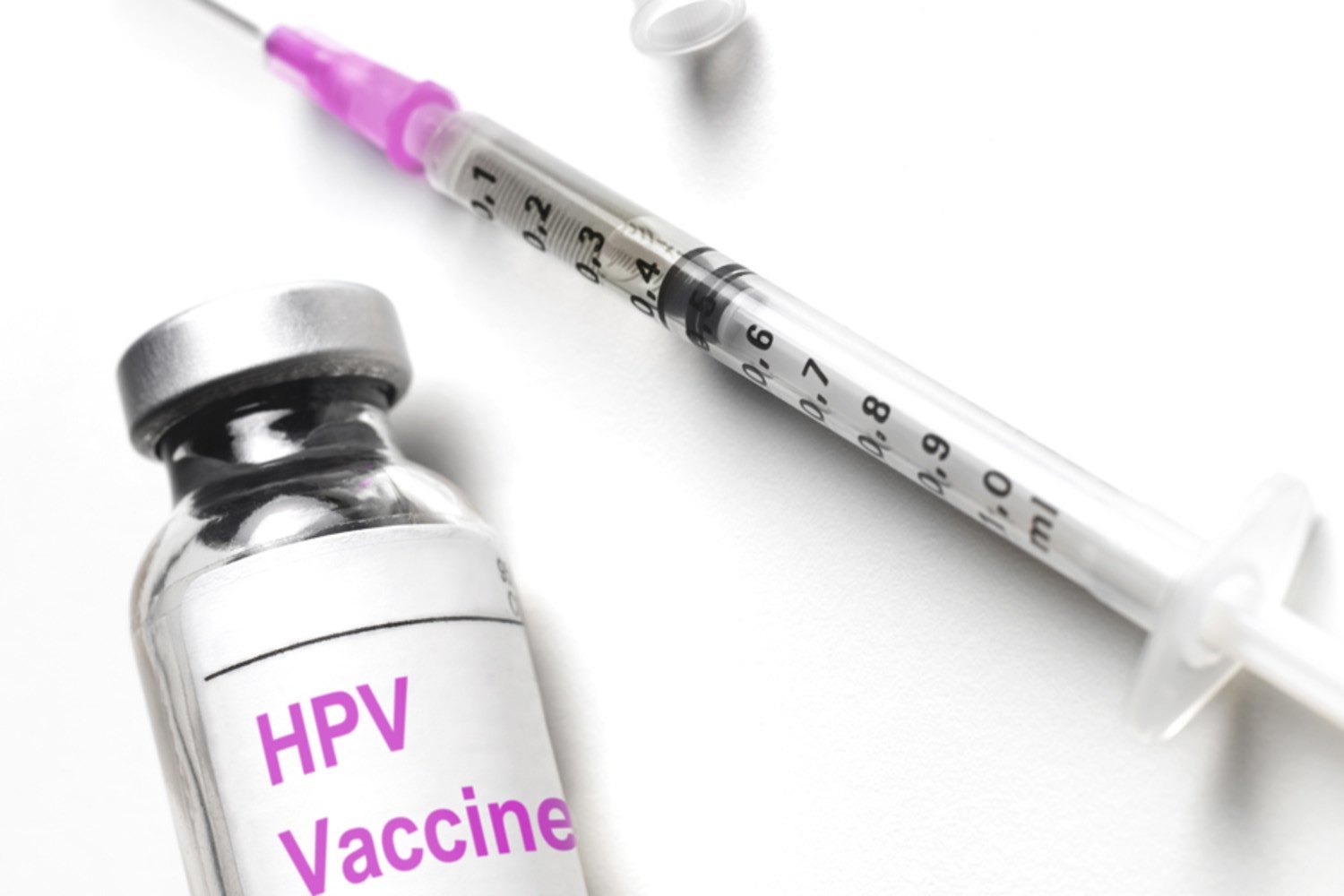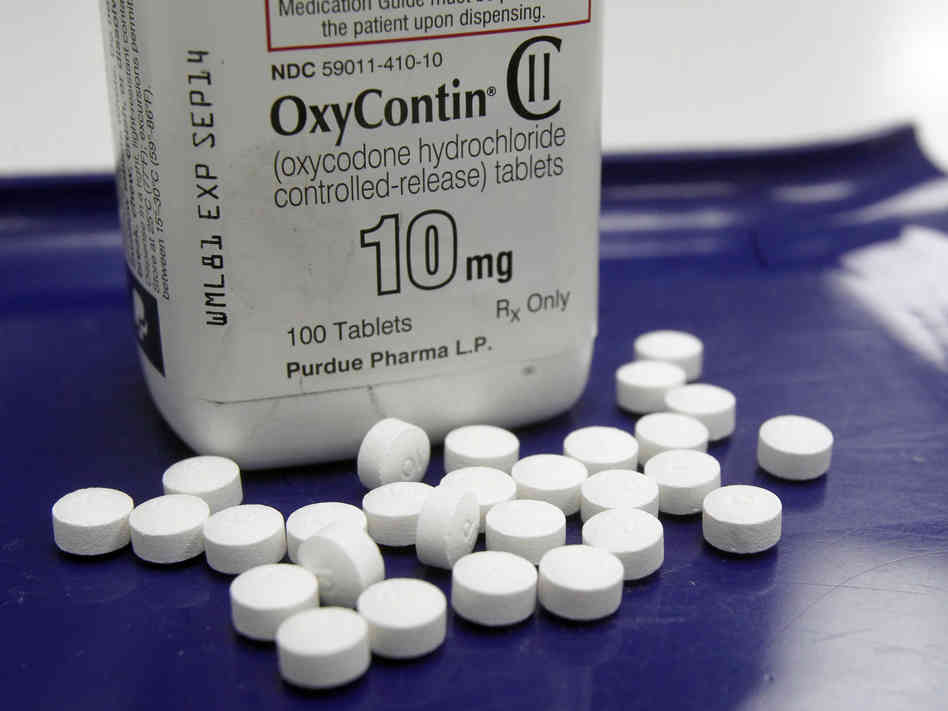What if instead we probe the underlying premise, as to why antibacterial even became perceived to be a desirable quality? A more illuminating journey attends such a quest, revealing how certain concepts take root, how their underlying flaws lie hidden in plain sight, sometimes for far too long, all until a newer body of work permeates our collective consciousness, forcing us to confront the untenable aspects of the original concept and eventually to incorporate this newer knowledge within its fold. In doing so, our understanding of something fundamental about nature changes. In this case, it’s about recalibrating our overwhelmingly adversarial stance towards bacteria, a stance that rooted and took off sometime in the mid-20th century.
When did antibacterial become a sought after aim and is it really always beneficial? Such a notion is of fairly recent vintage. How could it be otherwise when Bacteria itself pervaded collective human consciousness only after the late 19th century concept of Germ theory of disease took hold?
Word usage frequency reveals how use of antibacterial tracks with that of Antibiotics, itself an early 20th century discovery (See figures below from Google Ngrams for the words antibacterial, antibiotics and bacteria in the English corpus of books).
With their large-scale manufacture streamlined post-WWII, antibiotics became mainstream medicine starting in the early 1950s. With them spread the linked notion that getting rid of bacteria somehow bestowed health. Antibacterial thus became established as a desirable end goal in and of itself, even among the healthy, or at least it became a commercially exploitable goal for health product manufacturers and their marketers. So it continued for the good part of half a century or more.
Much more recently, this premise of antibacterial benefit started crashing into a dead end with the mainstreaming of the Microbiota concept, the idea that the human body isn’t so much a single individual as each a unique eukaryote-microbe ecosystem. After all, we do acquire our final ’tissue’, our microbiota, post-birth as our body gets rapidly and permanently colonized by microbes from our environment.
Back when antibiotics and antibacterial were all the rage, who’d stop to think and consider ‘good’ bacteria? Bacteria were then largely seen as ‘germs’, to be summarily rid of without a second thought. But now? Now we have to seriously consider the consequences. Data’s increasing by the day on the harms that attend the thoughtless meddling with and ridding of our microbiota, largely through widespread indiscriminate use of antibiotics and other antibacterials. Such harms are many, ranging from increasing rates of allergies and autoimmunities to obesity.
Each individual has unique microbiota, the result of unique life history (c-section or natural birth for example), genetics and epigenetics (which largely determine the processes that attend stable microbial colonization), age, diet, gender, infection and treatment history, lifestyle choices and location. Consider the infamous Typhoid Mary. Even as she worked as a cook in household after household, spreading Typhoid fever in her wake,Mary Mallon herself remained unharmed from the disease she was spreading. In the context of the human-microbiota ecosystem, ‘good’ bacteria is thus inherently contextual and individual. Of course, we already understand this implicitly. After all, our knowledge of human biology is incomplete enough that the process of regulator approval of drugs and therapies is guided by their average, and not individual, efficacy.
How then is it possible for one plant/extract to eliminate the ‘bad’ bacteria, leaving the ‘good’ untouched in those who consume/apply it? In this light, the claim that garlic or some other plant extract is antibacterial is revealed for the parlous and now increasingly untenable marketing ploy it really is, especially when it lacks clear data showing it can kill or inhibit specific bacteria when used at specific doses, similar to how antibiotic potency is assessed. And even antibiotics do rid our bodies of helpful microbes even as they eliminate the harmful ones.
This is not to say garlic or other medicinal plant extracts aren’t beneficial to human health. They certainly appear to be and the largely anecdotal data supporting such assertions are obviously long-standing. However, we currently lack a clear understanding of exactly howthey are beneficial, when, where and in whom. We won’t know without rigorously controlled scientific studies. This is where the science funded by grant agencies like theNational Center for Complementary and Integrative Health (NCCAM) becomes critical, for plugging these major gaps in our knowledge and understanding of ancient ‘home’ remedies.

























